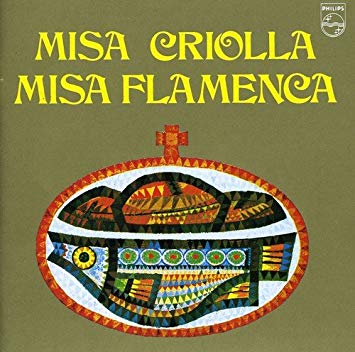
As some readers will have heard, Israeli writer Amos Oz died this week. I myself never met him—the closest I got was having his wife, Nili, as my student almost fifty years ago. And listening to one or two of his speeches. I have, however, read most of his books. Some I liked, some I did not. The three I liked least were Black Box (1987), To Know a Woman (1989), and Judas (2014). Those I loved best were My Michael (1968), A Perfect Peace (1982) and A Tale of Love and Darkness (2002). A Perfect Peace in particular, while not one of his best-known books, did a marvelous job evoking the Israel in which I grew up before 1967 and of which, like practically all Israelis at the time, I was immensely proud. Each his or her tastes, I suppose.
But his books are not what I want to write about today. Rather, I was intrigued by a lecture he delivered back in November 2016. At the time I was unaware of it and did not attend it; but having my attention drawn to it a few days ago, it made me think. The title? Things I Consider Sacred, of course.
So here are some of my own thoughts about that topic. Unlike Oz, I’d like to start with some things I most definitely do not consider sacred.
Not the giant statue of the Buddha in Hong Kong, beautiful as it is, which I once visited along with about a zillion other people crawling about like ants. And this was before anyone knew what selfies are!
Not the Sistine Chapel in the Vatican, where there are so many visitors that one cannot even crawl. Just stand like a sardine in its tin; all that is missing is oil.
Not the self-appointed servants of god, too many of whom are parasites, bigots, fanatics, or all of those. Too many of them speak of god, but what really motivates them is power and greed.
Not numerous “Sacred Sites” in Israel and abroad, whose only real claim to fame is that they were fought, and in many cases still are being fought, over, causing innumerable people to shed the blood of others. I respect them so as not to offend the feelings of others; but that is all.
Not god, in whom I do not believe. To me, as to Epicurus some 2,300 years ago, he is merely a human invention meant to help us cope with certain things, such as suffering, injustice, and, above all, our fear of death.
Now to things I do consider sacred. Such as make me gasp with wonder and bring tears to my eyes. Such as I would hate to see disturbed in any way. Such as enable me to momentarily forget how cruel, how terrible, the world often is; and such as, by their splendor, make life worth living. Some of them I have in common with Amos Oz, most not. Judging by his lecture, he seems to be more interested in social justice and less moved by beauty for its own sake than I am. Or perhaps he just uses the word “sacred” in a different way from mine.
Here are a few examples. Mine, not his.
“The sun in all its might,” scattering the clouds, to quote the Jewish prayer book.
An undisturbed view of a forest, or a desert, or sea, with as few man-made objects in sight as possible.
The description, in the Iliad, of Hector taking leave of his wife and infant son for the last time.
Some of Vermeer’s paintings with their unique combination of intense domesticity and subdued, almost dreamy, light.
The theme song from Taxi to Tobruk (1961) that does not have a trace of sentimentality about it. Ariel Ramirez’s Missa Criolla, which always makes me wish there were a god I could worship like that. And others too numerous to list.
The Nike of Samotrache, to my mind the greatest piece of sculpture ever done.
The sight of a well-toned body, animal or human, in action; e.g. running, jumping, playing tennis, and the like.
Young children absorbed in play. Like the one, probably just over a year old, I saw the other day. She could not walk yet, but that did not prevent her from imitating other children and trying to climb a ladder.
The woman I love. Not because she is a saint; thank goodness, she is not. But because love is an essential part of our humanity which she, above all other people and things, allows me to exercise.
